UK CPI rose 1.1% mom in March, above expectation of 0.7% mom. For the 12-month period, CPI accelerated from 6.2% yoy to 7.0% yoy, above expectation of 6.7% yoy. That’s the highest rate in the historic modeeled series since March 1992, when it stood at 7.1% yoy. RPI rose 1.0% mom, 9.0% yoy, versus expectation of 0.9% mom, 8.8% yoy.
Also released, PPI input came in at 5.2% mom, 19.2% yoy, above expectation of 0.5% mom, 13.4% yoy. PPI output rose 2.0% mom, 11.9% yoy, above expectation of 0.7% mom, 10.2% yoy. CCPI output core rose 2.0% mom, 12.0% yoy, above expectation of 0.9% mom, 10.6% yoy.




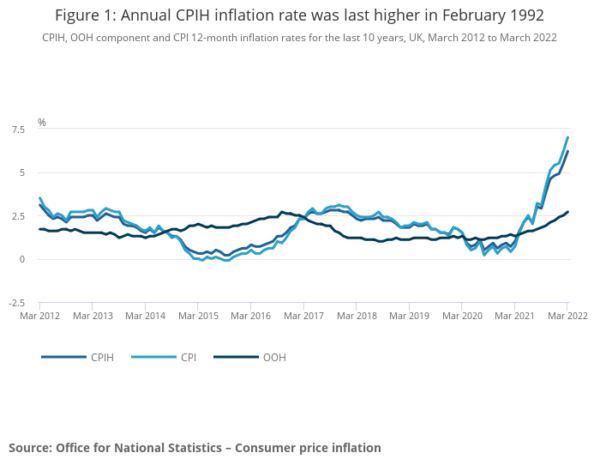
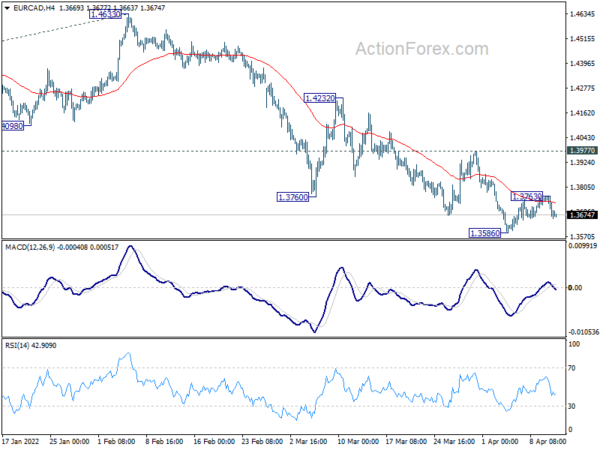
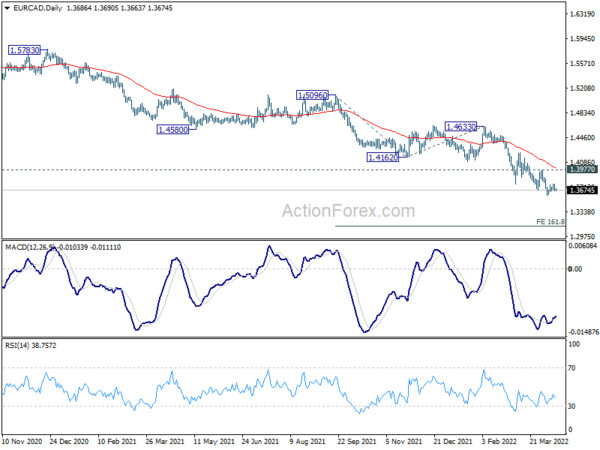
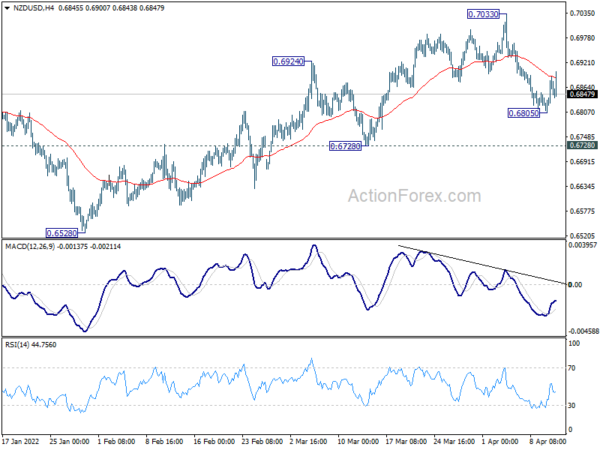
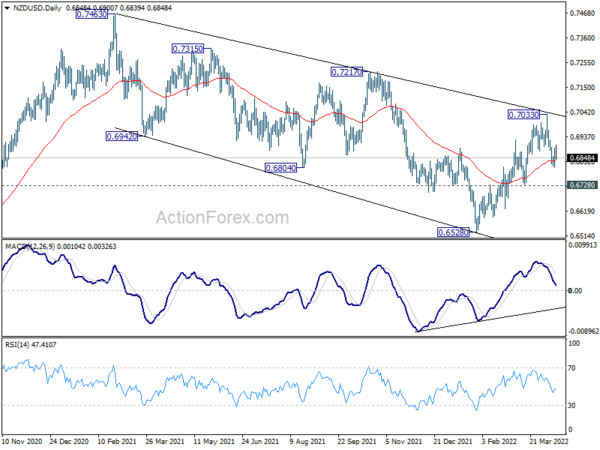
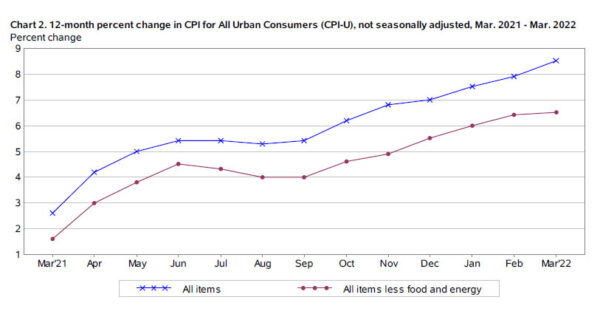
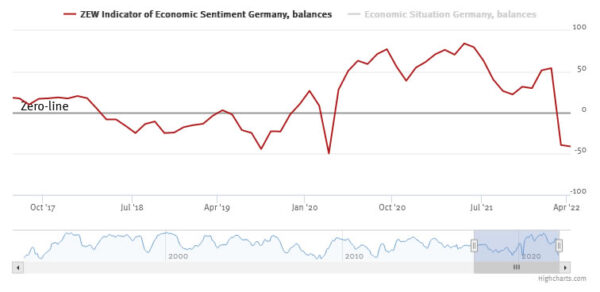
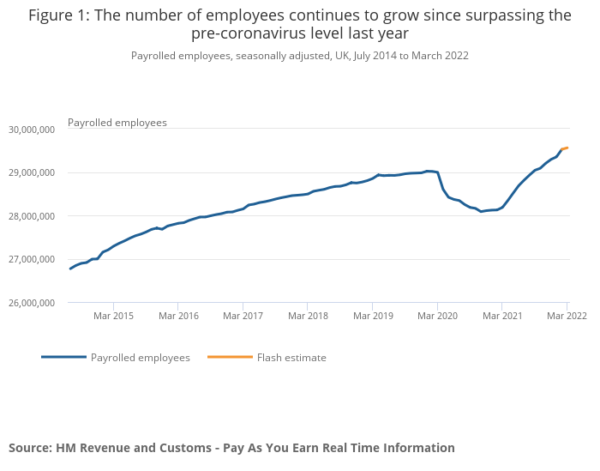
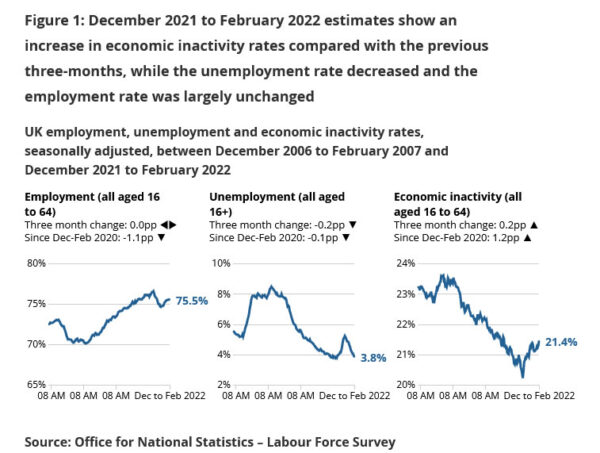
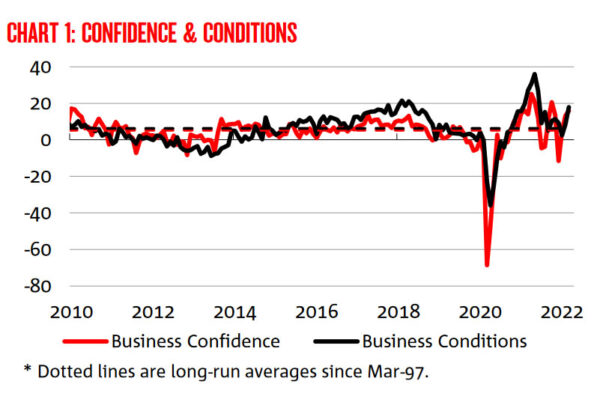
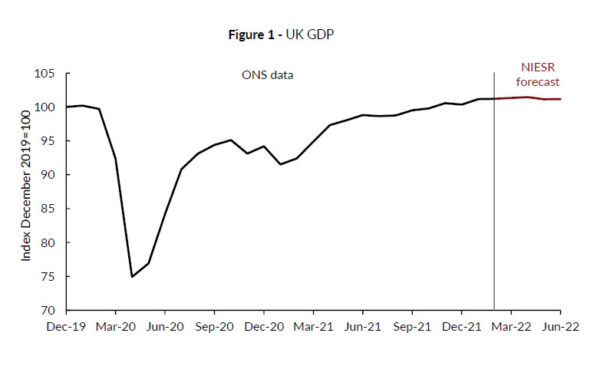
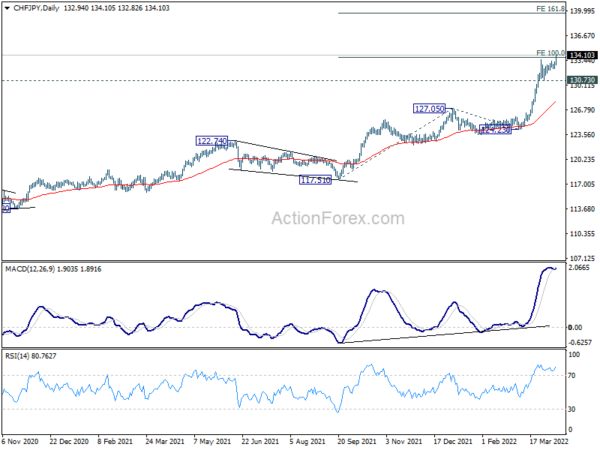
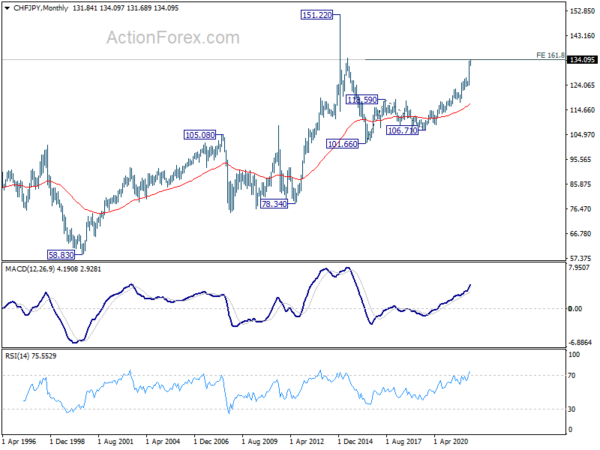
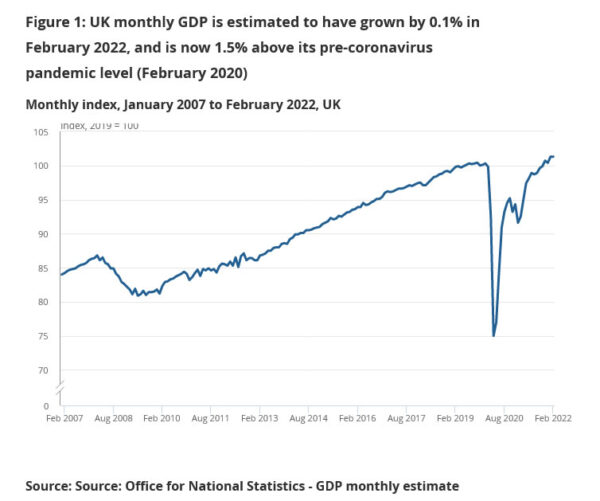
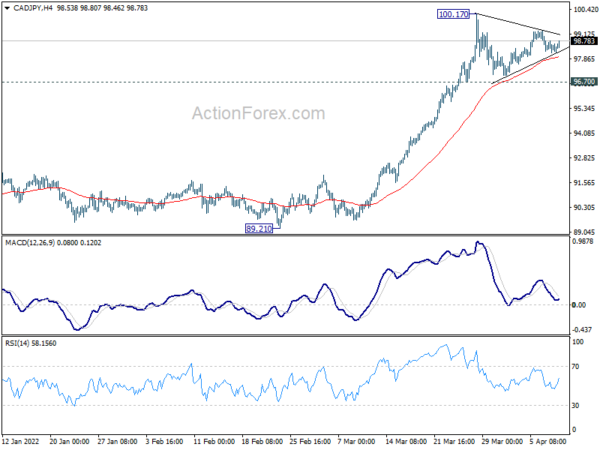
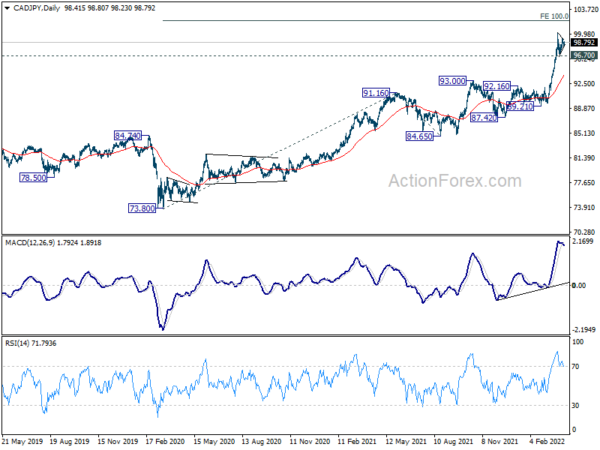
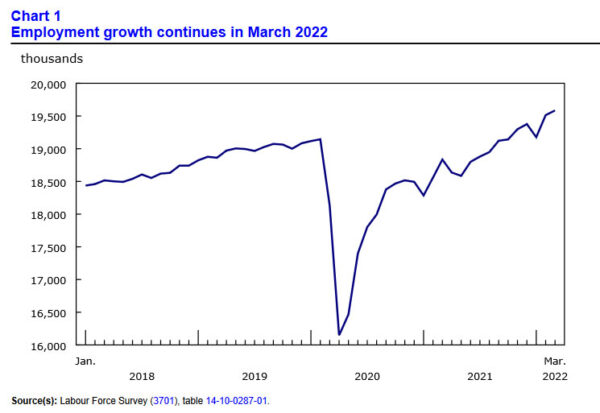
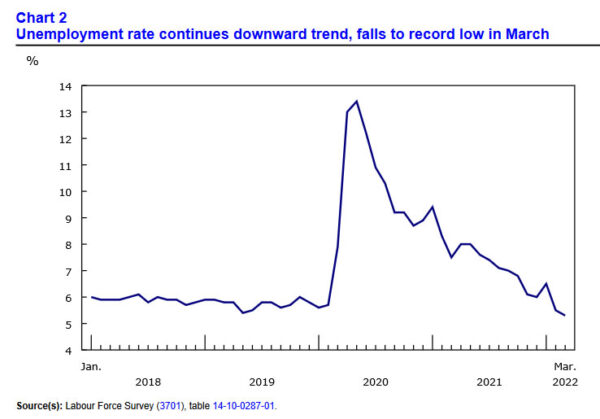

Fed Bullard: Getting to neutral isn’t going to be enough
St Louis Fed President James Bullard said in an FT interview, there’s “a bit of a fantasy” in current policy in centrals banks to think thank inflation could be brought down by moving interest rate to neutral.
“Neutral is not putting downward pressure on inflation. It’s just ceasing to put upward pressure on inflation,” he said. “We have to put downward pressure on the component of inflation that we think is persistent.”
“Getting to neutral isn’t going to be enough it doesn’t look like, because while some of the inflation may moderate naturally . . . there will be a component of it which won’t,” he added.
Bullard also warned that this week’s CPI report just ” underscores the urgency that the Fed is behind the curve and needs to get moving.”
“If markets and households get the idea that the Fed’s not going to do the right thing and not going to keep inflation under control, then you have to gain credibility by actually doing things that show them that you are serious,” he said.